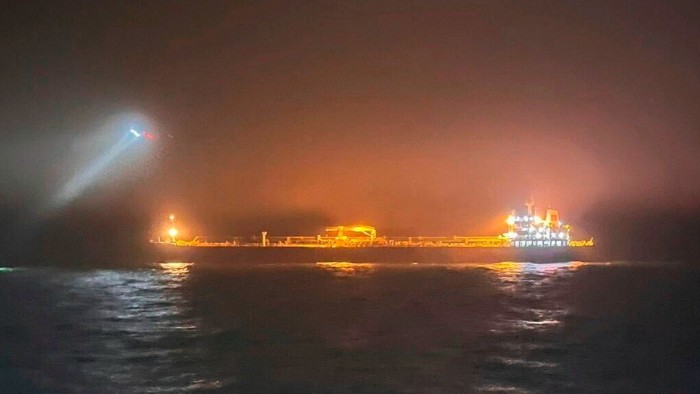Stay informed with free updates
Simply sign up to the Geopolitics myFT Digest — delivered directly to your inbox.
The writer is a senior fellow at the Atlantic Council and an adviser to Disruptive Industries, a threat intelligence company
It’s not just the two cables mysteriously damaged in Swedish waters in November or the cables cut in the Gulf of Finland a few days ago; harm is being visited on many undersea installations. Nato has already launched a Critical Undersea Infrastructure Network tasked with monitoring pipelines and communications cables. Owners and operators, too, are increasing surveillance, as are national governments.
But surveillance is only one step. Far more difficult is what happens when operators or armed forces do detect malign activity on the ocean floor. What then? Punishing such sabotage with military power could be decidedly risky.
The smooth operations of the globalised economy would not be possible without undersea cables, which carry everything from electricity to financial transactions. The internet itself is powered by nearly 550 of them.
But the premise of both globalisation and our complicated undersea infrastructure is peace — which is no longer guaranteed. In November, a perpetrator cut two undersea cables in Sweden’s exclusive economic zone. The incident followed a similar one just over a year previously, affecting an undersea cable and one pipeline in the exclusion zones of Sweden, Finland and Estonia. In February 2023, Chinese merchant vessels severed the two undersea cables connecting Taiwan’s Matsu Islands with Taiwan proper. Nord Stream 1 and 2, in turn, were sabotaged in Sweden and Denmark’s EEZs in September 2022. And on Christmas Day, several cables in the Gulf of Finland were cut by a shadow vessel, Finnish authorities say.
No wonder surveillance is being beefed up. up. In response to the Christmas Day incident, Nato Secretary-General Mark Rutte tweeted on 27 December that it “will enhance its military presence in the Baltic Sea.” But monitoring is only the first — and the easy — part. What if more suspicious acts are identified?
The affected countries can, of course, argue that these days undersea sabotage is geopolitically linked and should be treated as hostile-state activity, not a criminal act. Indeed, given the expanded surveillance, they’re certain to discover plenty of suspicious activity that seems extremely unlikely to be the work of common criminals.
Detecting such politically motivated perpetrators, though, would force countries to respond in a powerful fashion for fear of appearing weak in the eyes of their citizens and of hostile states. “If you catch a ship red-handed harming your infrastructure, then you have to take action,” says retired rear admiral Nils Christian Wang, a former chief of the Danish Navy.
That’s the dilemma. Prudence calls for increased surveillance of undersea infrastructure, but avenging sabotage with military power would bring the risk of war. And even though Nato has the military might to harm other countries, it would struggle — legally and politically — to justify such a response to undersea sabotage.
Furthermore it’s questionable whether countries have the right to use military power against saboteurs in their economic exclusion zones, let alone on the high seas where large parts of undersea cables and pipelines are located. Such installations are not national assets but private property. “That makes it’s even more difficult to use military means to avenge attacks,” Wang notes.
So we should think carefully about what we want to see happen when misdeeds are discovered. “If you don’t want to use force, it’s better not to know what’s going on,” as Wang puts it. Countries should focus instead on what is possible. Their navies and coastguard can patrol sensitive waters. They can monitor suspicious ships and crew, highlight the ships’ owners, flags and the crews’ nationalities. Holding shady sailors to account would be a lot less perilous than risking war.
Read the full article here

